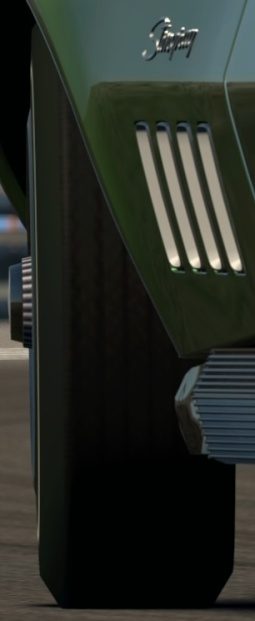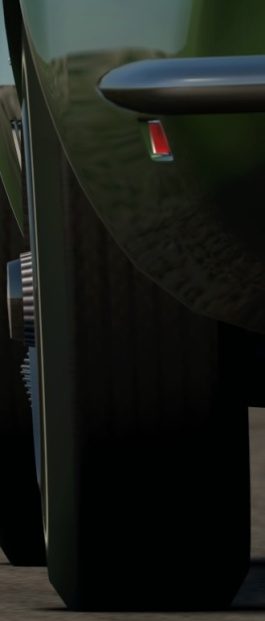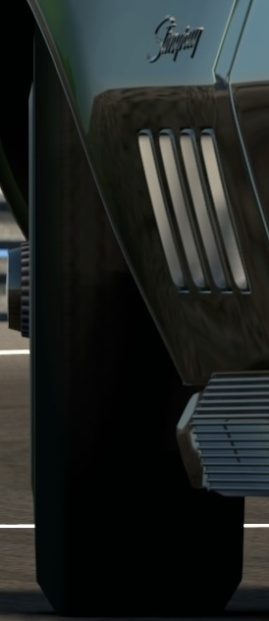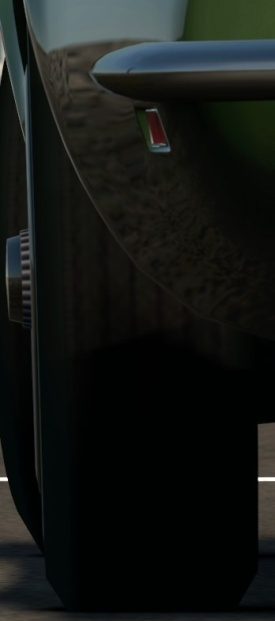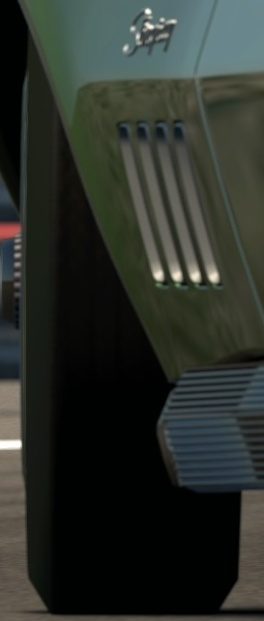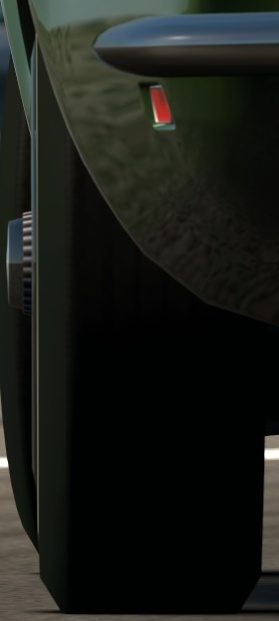shirakawaa
Premium
- 5,034
- GTP_shirakawaa
Maybe I just discovered hot water, but recently I've come up with a pretty easy method for tuning camber scientifically, and not only by feel or worse instinct. As everybody knows, in RL camber is usually set up depending on tire temperatures. In GT5 however unfortunately we don't have such information, and telemetry is useless too for that.
So, it works like this:
I'll add some pictures at a later time.
So, it works like this:
- Go in practice mode, select the Top Gear Test Track.
- Go on the track.
- As soon as you acquire control of the car, don't go ahead, but turn back approximately around the big brown 'X' on the ground.
- From there, apply constant throttle and steering angle and try finding a speed that will allow you to go around in circles at the highest lateral G possible without going out of the track. Be sure to be very smooth and to change speed as little as possible. Don't slide or drift. With a premium efini RX-7 equipped with comfort soft tires the most I could do was 50 Km/h in third gear.
- Make a few complete turns. Again be sure to be very smooth and to apply the maximum steering possible without causing understeer by excessive steering angle (especially if you're using a wheel).
- When you're finished, start->exit without completing the lap and return to the track main menu. Select "Replay".
- Wait until the game replays when you were going around in circles at constant speed and [possibly] high G.
- Wait again until you get the best angle and maximum lateral car inclination and the press start. Enter photo mode.
- Here comes the important part. Get a little bit away from your car and be sure that the camera is parallel to the ground. Now analyze its outside wheels (to the turning circles it was doing). Zoom on them and try checking if they're perpendicular to the ground. Chances are that at this point they aren't at all on both axles.
- Exit photomode and go in the car setup screen. Increase camber some more, then check again by driving again in circles at constant speed, then analyzing the car's outside wheels in photo mode. It will take several tries. Repeat until the outside wheels are perpendicular to the ground.
- Depending on your car setup, the maximum camber angle that will make the outside wheels perpendicular to the ground will differ on both axles. On my RX-7 with a front sway bar set to 4 and rear set to 1 (spring rates: 8.5/6.4) I ended up with a front camber of 1.0 degrees and a rear camber of 2.4 degrees.
I'll add some pictures at a later time.
Last edited:


